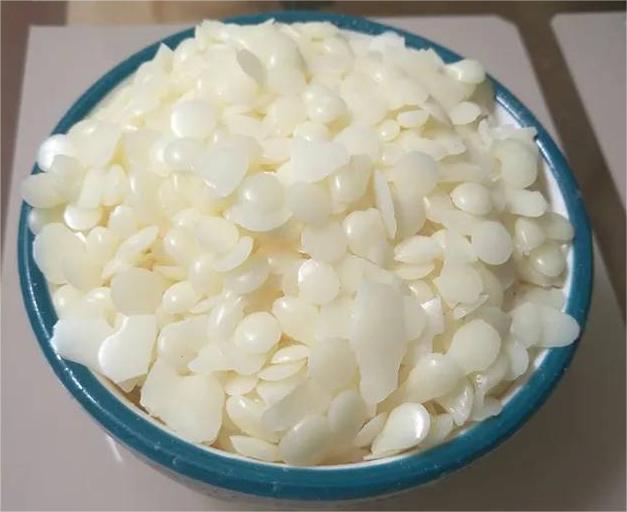How to Make Rice Bran Wax: An Efficient Method
Rice bran wax is a kind of natural plant wax. It is a mixture of esters formed by different fatty acids and monohydric alcohols, a kind of by-product separated from the refining of rice bran oil, and an essential raw material of the oleochemical industry[1][2]. Refined rice bran wax is a white solid, and compared with other plant waxes, it has the advantages of non-toxicity, high hardness, good texture, and so on[3]. It can be widely used in the fields of leather, paper, plastics, the food industry, and fine chemical industry and so on.
At present, rice bran wax is mainly extracted from rice bran paste obtained from rice bran oil, and the extraction methods include bag filtration method, press-filter saponification method and solvent extraction method and so on. Although the bag filtration method and press filtration saponification method have simple processes and low equipment cost, the quality of wax is poor, and there is a large amount of recycled oil and wax waste, and there is a large amount of wastewater discharge[4].
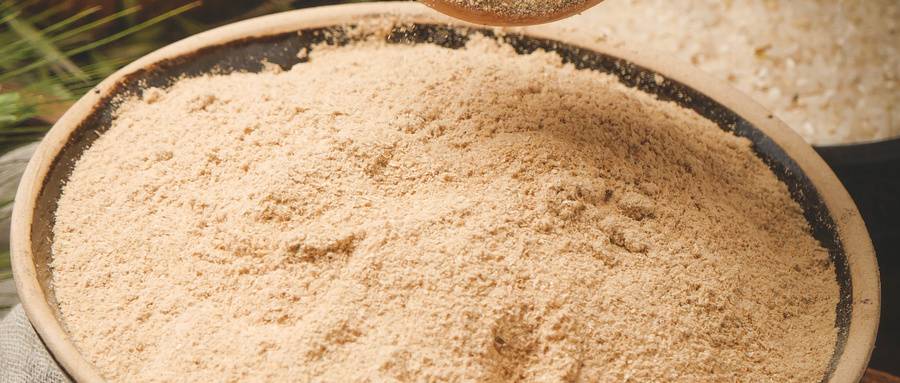
The solvent extraction method utilizes the difference in solubility between wax and oil in organic solvents to separate, and this method achieves the effect of removing part of phospholipids at the same time of extracting refined rice bran wax[5][6]. Therefore, the solvent extraction method is widely used at home and abroad[7].
How to make rice bran wax in an efficient method? In this paper, for the characteristics of rice bran oil wax paste, the wax of rice bran oil wax paste in the degreasing, decolorization, degumming, deodorization and other process conditions for exploratory experiments, so that the refined waxes are in line with the requirements of fine chemical raw materials, such as daily chemicals, food, pharmaceutical auxiliaries.
1 Materials and Methods
1.1 Test materials
Raw materials: n-heptane, ethyl acetate, petroleum ether, and isopropanol, provided by Tianjin Ruijinte Chemical Co., Ltd. Unless otherwise specified, all the above reagents are analytical pure reagents; Hydrogen peroxide, provided by Zhejiang Jiahua Hydrogen Peroxide Co., Ltd; Citric acid, provided by COFCO Bioenergy Co., Ltd; Phosphoric acid, provided by Henan Shoujie Chemical Products Co., Ltd; Activated carbon, provided by Jiangsu Zhuxi Activated Carbon Co., Ltd; Active clay, provided by Mount Huangshan Baiyue Active Clay Co., Ltd; Ion exchange resin, provided by Zhejiang Zhengguang Industrial Co., Ltd.
Instrument and device: RE-54A rotary evaporator, produced by Shanghai Bajiu Industrial Co., Ltd; 7890B gas chromatography, product of Agilent Technology (China) Co., Ltd; WRR melting point tester, a product of Beijing Zhongyi Boteng Technology Co., Ltd; CS-810 transmission spectrophotometer, produced by Shenzhen San'enshi Technology Co., Ltd; L3-5KR frozen centrifuge is a product of Xinbeixi Scientific Instruments (Shandong) Co., Ltd.
1.2 Test methods
1.2.1 Determination of Physical and Chemical Properties of Raw Materials
The testing methods for the physicochemical indicators of rice bran wax paste are shown in Table1.
Table 1 Test Method for Physical and Chemical Indexes of Rice Bran Wax Paste

1.2.2 Degreasing
Accurately weigh 20 g of wax paste, add different organic solvents at different temperatures with a material-liquid ratio of 1:3, stirring at a constant temperature for 1 h, and then slowly cooled down to 5 ℃ precipitation, low-temperature centrifugation, the supernatant recovered solvent and neutral oil, the lower precipitate dried under reduced pressure and weighed to measure its purity and yield.
1.2.3 Decolorization
Accurately weigh 20 g of crude wax after degreasing, melt the crude wax at 95 ℃ with heating and stirring, then add 7% mass ratio of adsorbent, stir at constant temperature for a specified period of time, keep warm and filter, and measure the chromaticity.
1.2.4 Degumming
Accurately weigh 20 g of crude wax after decolorization, melt the crude wax at 95 ℃ with heating and stirring, then add 10% mass ratio of degumming agent, stir at constant temperature for a specified period of time, then centrifuge with heat preservation and measure the amount of gum.
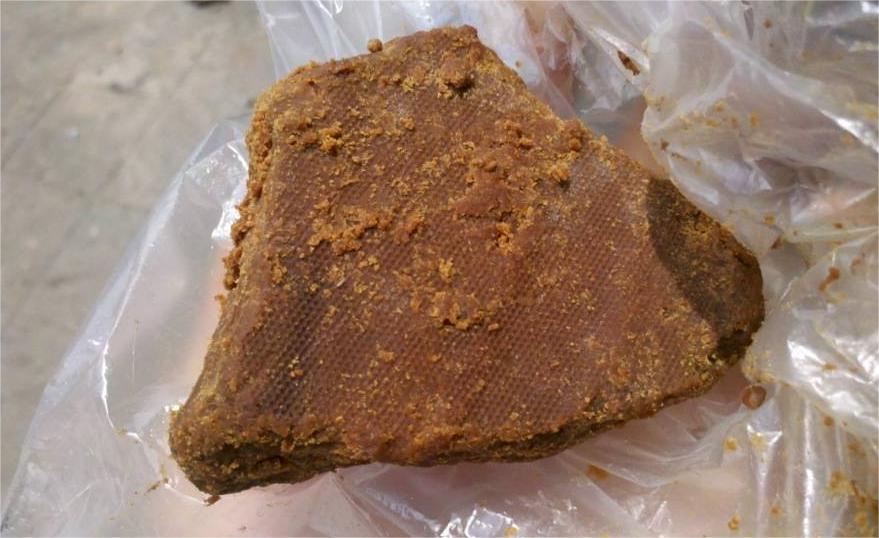
1.2.5 Deodorization
Accurately weigh 20 g of crude wax after degumming, melt the crude wax at 95 °C, then raise it to the specified temperature, and then under a vacuum of 2 bar and a flow rate of 1 L/H of water vapor, vaporize it for 1 h, then cool it down and check its odor.
2 Results and Analysis
2.1 Raw Material Index
Inner Mongolia Doli Food Co provided rice bran wax paste. The results of the physicochemical indexes of rice bran wax paste are shown in Table 2.
Table 2 Determination Results of Physicochemical Indexes of Rice Bran Wax Paste

2.2Refinement Process Optimization
2.2.1 Degreasing
The main factor affecting the deoiling of rice bran oil wax paste is the selection of solvents [6]. Different solvents were selected to test the solubility of wax at different temperatures.
The solubility of rice bran wax in different solvents is shown in Figure 1.
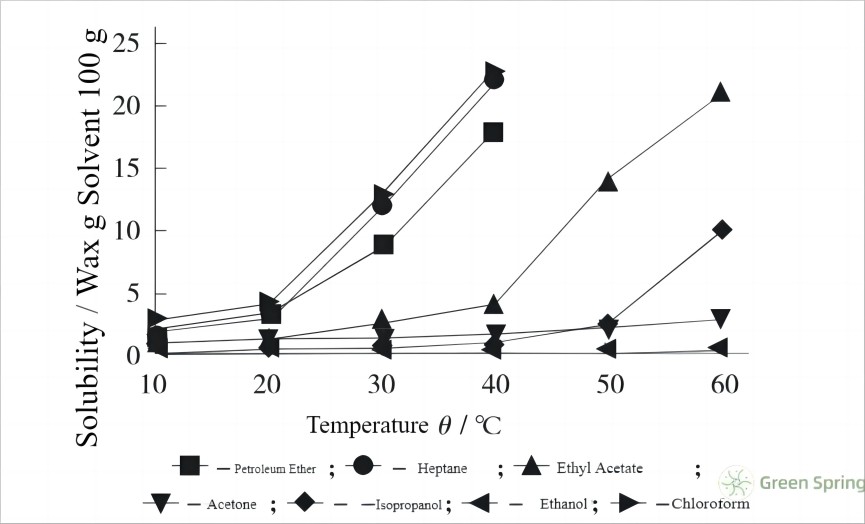
Table 2 Determination Results of Physicochemical Indicators of Rice Bran Wax Past
According to Figure 1, petroleum ether, ethyl acetate, isopropanol, and n-heptane were selected as extraction solvents for the experiment, and the wax paste was treated using a single extraction method.
The purity and yield of wax paste extracted with different solvents are shown in Figure 2.
Figure 2 Purity and Yield of Wax Paste Extracted with Different Solvents
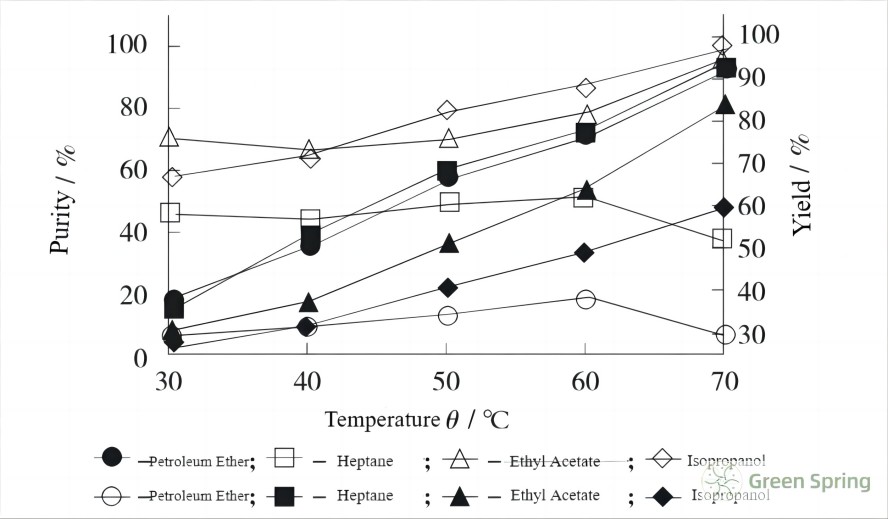
From Figure 2, it can be seen that in terms of the purity of the extracted wax, the solvent has the best extraction effect with n-heptane, followed by petroleum ether, ethyl acetate, and isopropanol. The purity content of rice bran wax obtained by n-heptane treatment can reach 92%, but the yield is only 53%; The wax paste treated with ethyl acetate not only achieved a purity of 90% for rice bran wax but also achieved a yield of up to 95%. After comprehensive consideration, ethyl acetate was selected as the solvent for extracting rice bran wax and removed at 70 ℃. After secondary extraction, the purity of rice bran wax is as high as 99.5%, and the oil content is less than 0.3%.
2.2.2 Decolorization
Rice bran crude wax has deep color and high pigment content, which seriously affects the appearance and performance of wax products[7], and the process conditions for removing a large number of pigments and other impurities from wax will be explored by chemical and physical adsorption methods. Activated carbon (7%), activated white clay (7%), ion exchange resin (7%), and hydrogen peroxide (7%) were used to study the effect of color removal at different times.
The chromaticity and decolorization rate of crude waxes with different decolorizing agents are shown in Fig. 3.
Figure 3 Chromaticity and Decolorization Rate of Crude Wax Under Different Decolorizing Agents
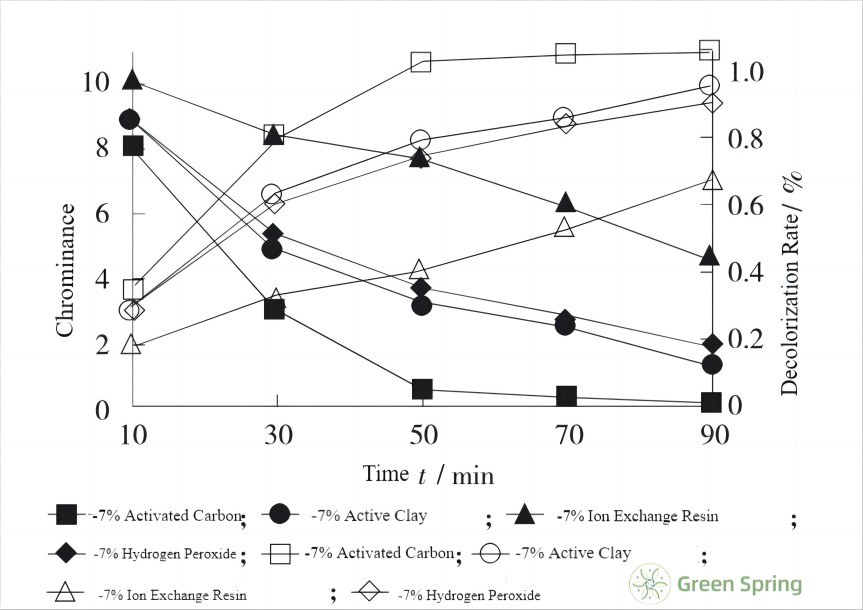
As shown in Figure 3, 7% activated carbon has the best decolorization effect on crude wax. In contrast, other decolorization agents have the following decolorization effects: activated clay, hydrogen peroxide, and ion exchange resin. As the decolorization time prolongs, the decolorization rate continues to increase. At 50 minutes, the decolorization rate has already reached 99%, and after 50 minutes, the improvement in the decolorization rate is no longer so significant. Considering the efficiency and cost of decolorization, the decolorization rate is no longer significantly improved. Therefore, selecting a 7% activated carbon decolorization time of 50 minutes can reduce the chromaticity of the crude wax to below 1.0.
2.2.3 Degumming
Due to the small amount of phospholipids, trace heavy metals, proteins, sugars and some heat-sensitive pigments and other gums in the crude wax, it seriously affects the application of rice bran wax in high-end industries[8]. Degumming will be carried out by hydration method, acidification method and adsorption method, and the degumming of rice bran wax will be studied by four processes, namely, purified water, 10% phosphoric acid solution, 10% citric acid solution, and activated white clay.
The experiments were conducted at a degumming temperature of 95 ℃, with 10% purified water added, 10% phosphoric acid solution added, 10% citric acid solution added, and 10% activated clay added. The set time was 10, 30, 50, 70, and 90 minutes.
The gum content and degumming rate of crude waxes by different degumming methods are shown in Fig. 4.
Figure 4 Gum Content and Degumming Rate of Crude Wax by Different Degumming Methods
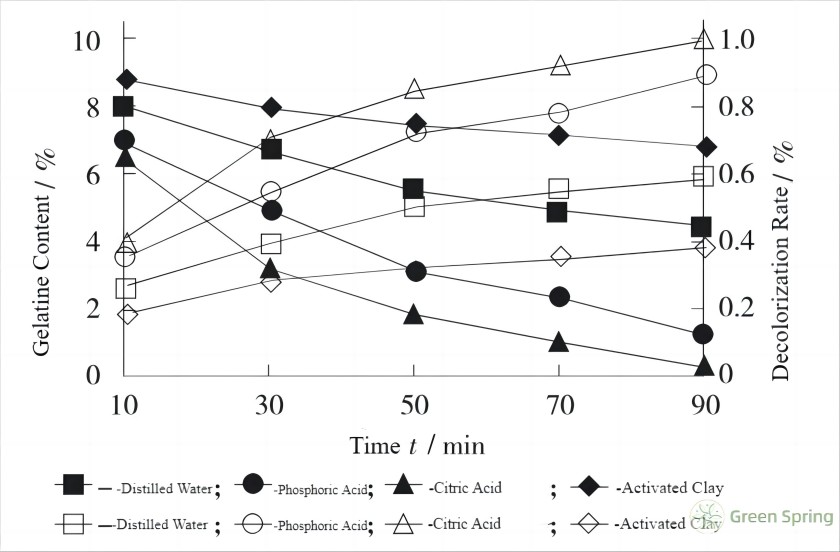
From Figure 4, it can be seen that a 10% citric acid solution has the best degumming effect on crude wax. With the extension of time, the degumming product can reach 100% at 90 minutes, completely removing the gum. This is because citric acid can better convert phospholipids into hydrated phospholipids and form flocs to adsorb impurities such as heavy metals and thermosensitive pigments. Therefore, selecting citric acid solution for degumming of crude wax and degumming at 95 ℃ for 90 minutes can control the gum content of crude wax below 0.1%.
2.2.4 Deodorization
Due to the application of rice bran wax in the field of daily chemicals, food, pharmaceutical auxiliary, etc., the acidic taste and odor seriously affect its wide application. High temperature and high vacuum will be used to use steam to take away sterols and low-boiling aromatic substances to achieve the effect of odorless and tasteless [8].
In the following, we will test the effect of steam stripping for 1 h under a vacuum of 2 bars according to 150, 160, 170, and 180 ℃.
The effect of deodorization by vapor extraction at different temperatures is shown in Table 3.
Table 3 Effect of Stripping Deodorization at Different Temperatures

Table 3 shows that under the conditions of 160 ℃ and 2 bar, the odor was removed for 1 hour, and the odor reached 0. However, as the temperature increased, the odor increased. According to the analysis of the composition of rice bran wax by Sindhu KTC et al. [9], the refined rice bran wax was mainly composed of C42 fatty esters, and in addition, it also contained a small amount of unsaturated esters, sterols, triglycerides, vitamin E. As the temperature increases, some wax is oxidized, low melting point esters and unsaturated esters are destroyed, and some things like vitamin E are also taken away. Therefore, the process conditions of 160 ℃, 2 bar, and 1 hour of steam extraction are selected for deodorization, and the odor of the deodorized rice bran wax is 0.
2.3 Physicochemical Property Test of Refined Rice Bran Wax
The crude wax was extracted from the wax paste by ethyl acetate extraction and refined by decolorization, degumming and deodorization to obtain high quality rice bran wax.
The physical and chemical properties of refined rice bran wax are shown in Table 4.
Table 4 Physicochemical Properties of Refined Rice Bran Wax
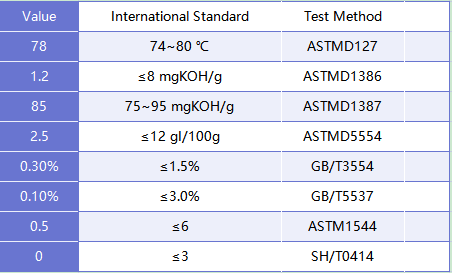
As can be seen from Table 4, making rice bran wax by this method, the physical and chemical performance indexes of refined rice bran wax not only reach the requirements of domestic and international food codex standard GB1886.84, American FDA-21CFR184.1978 and 175.320, European E903, nr. 231/2012, but also a high-end wax with a purity of more than 99.5 %, a chromaticity is less than 1.0, and an olfactory degree is zero. It shows that after the process of de-oiling, decolorization, degumming, and deodorization, we can get the rice bran wax with high quality.
3 Conclusion
Adopting the solvent extraction method, with ethyl acetate as a solvent, 2 times extraction can effectively remove non-wax components in rice bran oil wax paste, and obtain rice bran wax with lower oil content; at the same time, by adopting 7% activated carbon adsorption decolorization, 10% citric acid aqueous solution degumming, and vapor extraction deodorization and other refining processes under 160 ℃ and 2 bar conditions, we obtained the refined rice bran wax with a melting point of 78 ℃, a purity of 99.6%, and oil content of less than 0.3%, gum content of less than 0.1%, the color of less than 1.0, and olfaction of zero. The purity is 99.6%, the oil content is less than 0.3%, the gum content is less than 0.1%, the chroma is less than 1.0, and the odor is 0. All the indexes of the product meet the requirements of the International Codex Alimentarius Standard, and it can satisfy the application in the fine chemical field of daily chemicals, foodstuffs, pharmaceuticals and auxiliaries, and so on.
Reference:
[1] Li Yunming, Liang Shaohua, Wu Zhongying, et al. Refining of Rice Bran Oil and Production Technology of Furfury Wax [J]. China Oil & Fats, 2006(7):33-35.
[2] Kolattukudy P E. Chemistry and biochemistry of natural waxes [M]. Amsterdam: Elsevier, 1976:37-49.
[3]Bi Yanlan. Oleochemistry [M]. Beijing: Chemical Industry Press , 2005: 102-108.
[4] Chen Xiaojun. Preparation and Application of Refined Rice Bran Wax [D] . Zhengzhou: Henan University of Technology, 2011.
[5] Li Yunming, Liang Shaohua, Wu Zhongying, Et Al. Refining of Rice Bran Oil and Technology of Bran Wax Production [J]. China Oil & Fats, 2006, 31(7):33-35.
[6] Sengupta A, Ghosh M, Bhattacharyya D K . In vitro antioxidant assay of medium chain fatty acid rich rice bran oil in comparison to native rice bran oil[J]. Journal of Food Science & Technology, 2015, 52(8):5188-5195 .
[7] Pereira E, Einloft S,Seferin M, et al. Enzymatic degradation of the rice bran:Problem or opportunity? [J]. Waste and biomass valorization, 2019, 10(4):755-762 .
[8]Huang Xian-Chi. New Concepts and Methods of Decolorization of Edible Fats and Oils in Foreign Countries [J]. China Oils and Fats, 2003,28(9):64.
-
Prev
Everything You Need to Know About Oryza Sativa Rice Bran Wax
-
Next
A Step-by-Step Guide to Refined Rice Bran Wax Manufacturing Process


 English
English French
French Spanish
Spanish Russian
Russian Korean
Korean Japanese
Japanese